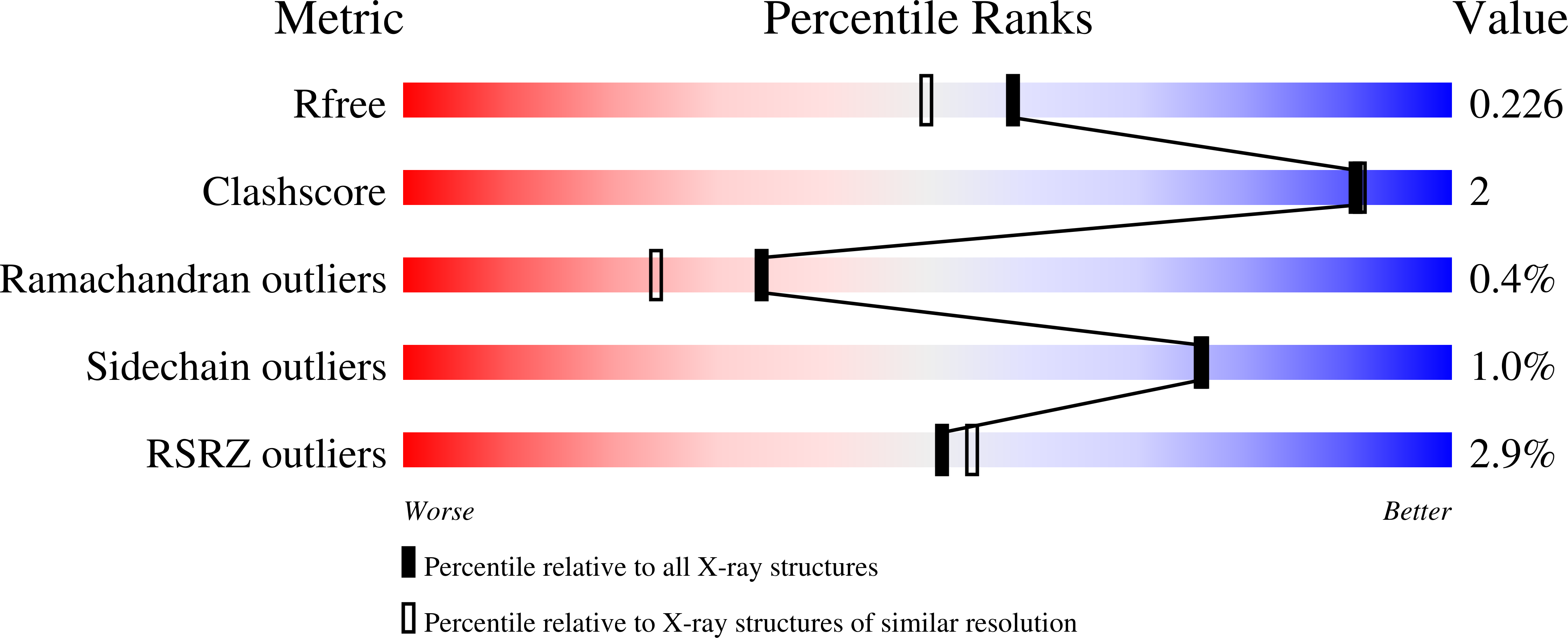
Deposition Date
2021-02-26
Release Date
2022-01-05
Last Version Date
2024-04-03
Method Details:
Experimental Method:
Resolution:
1.89 Å
R-Value Free:
0.22
R-Value Work:
0.19
R-Value Observed:
0.19
Space Group:
P 21 21 21


